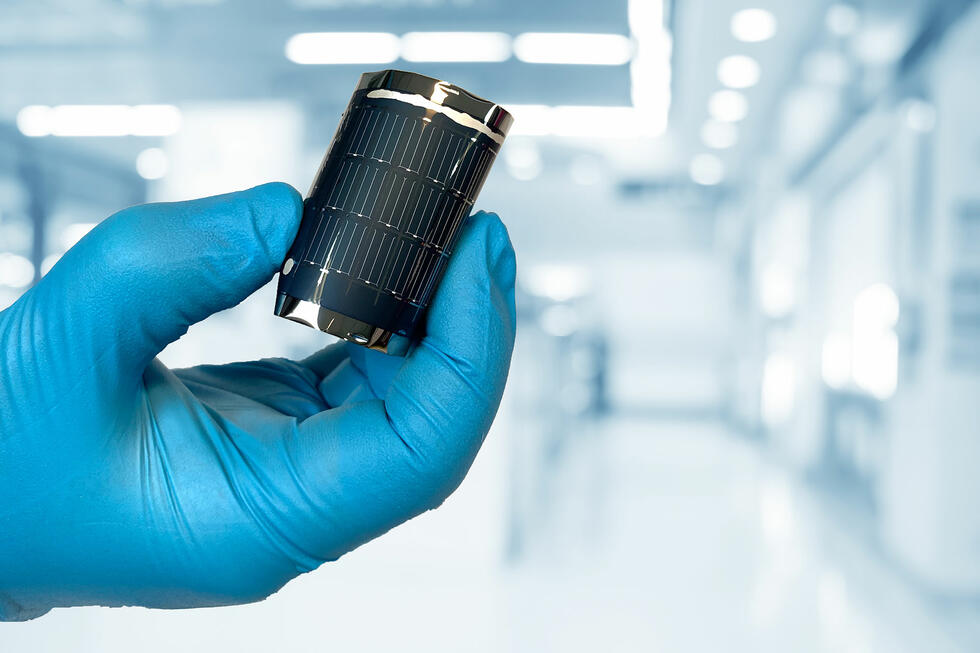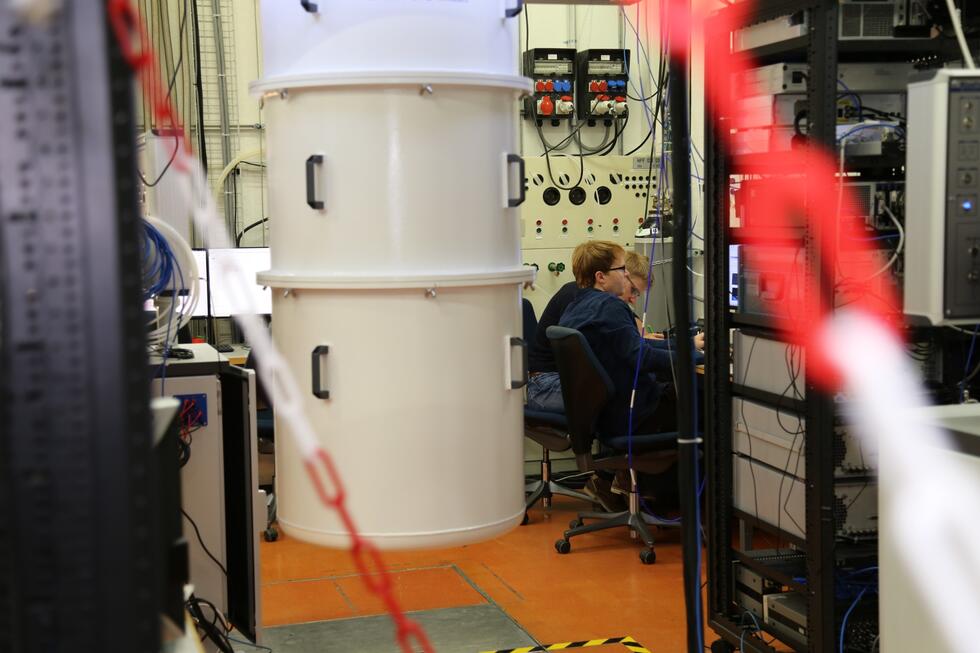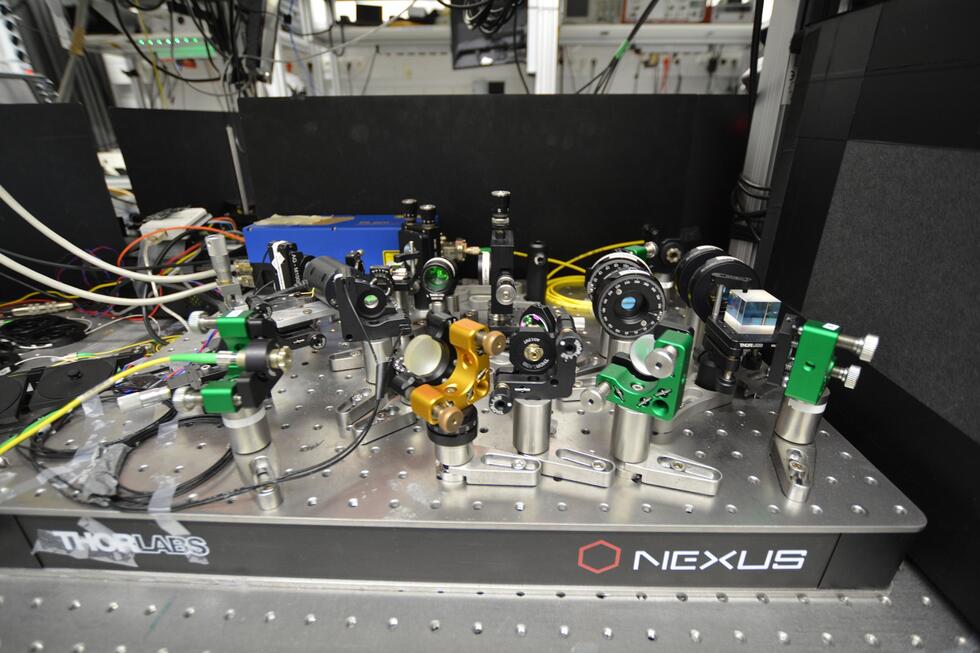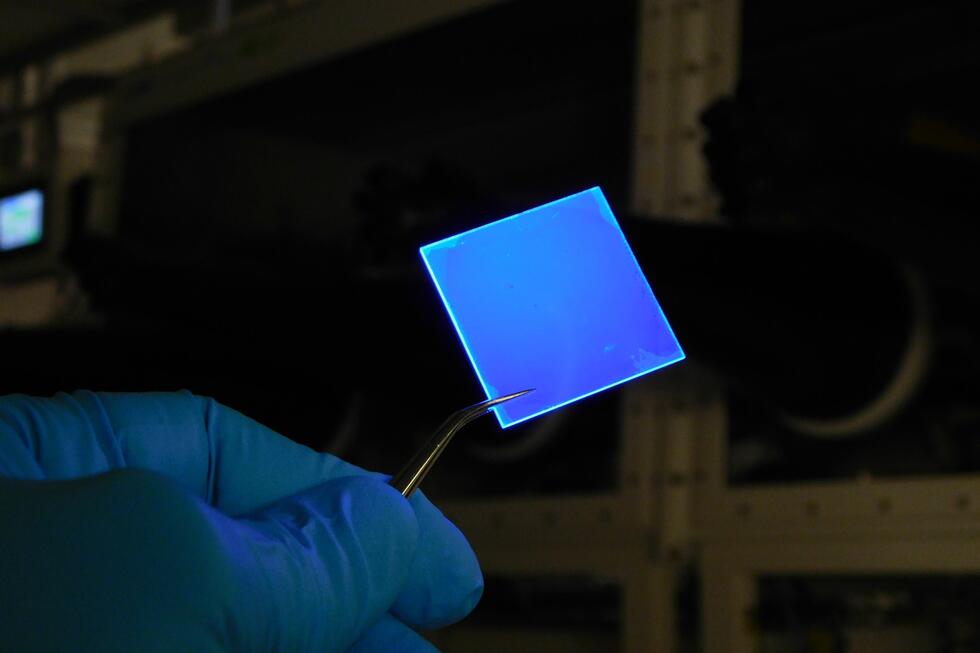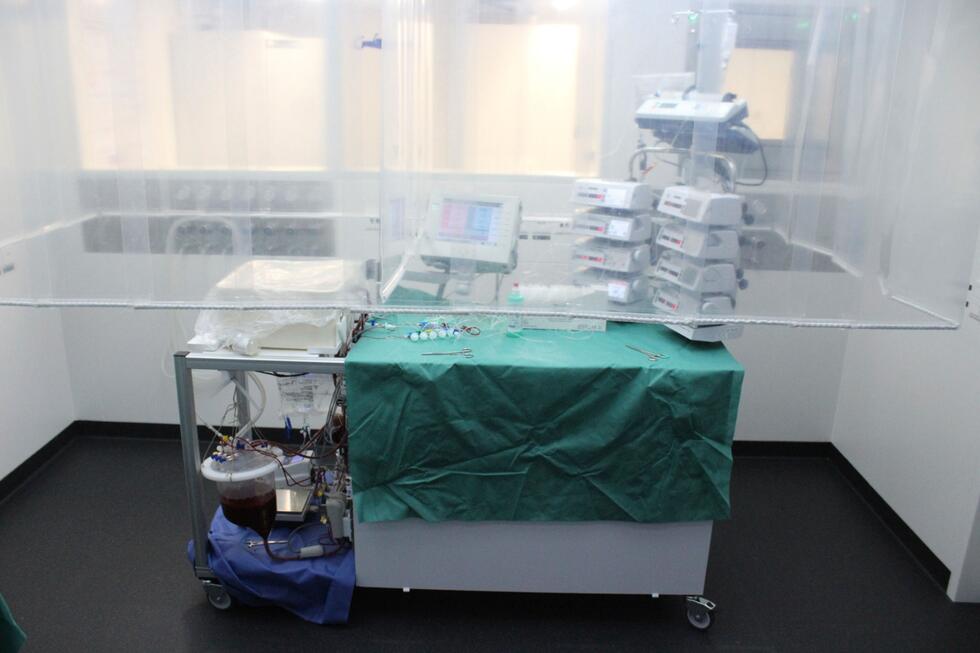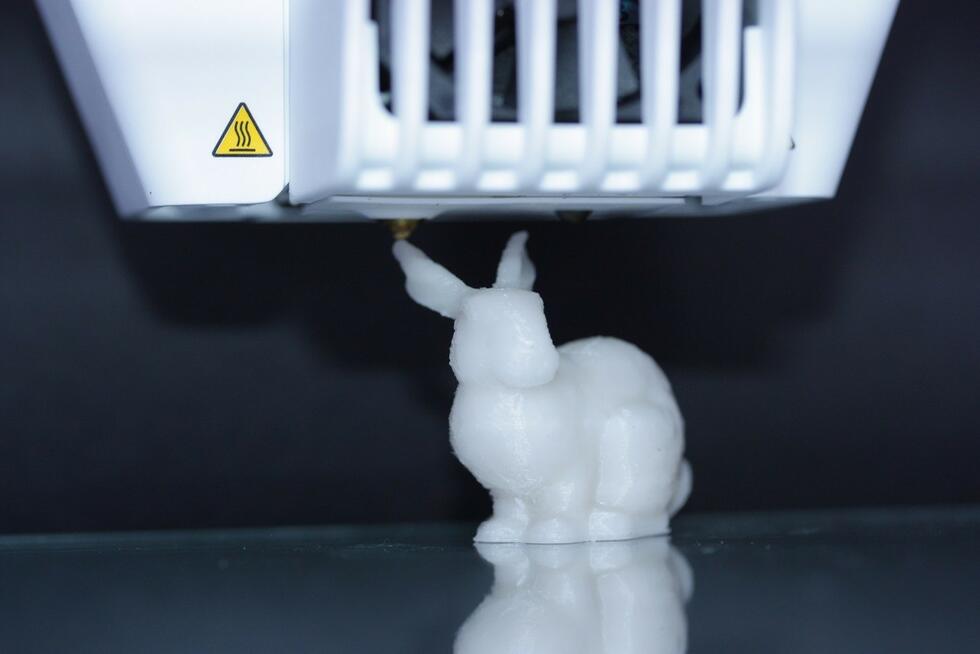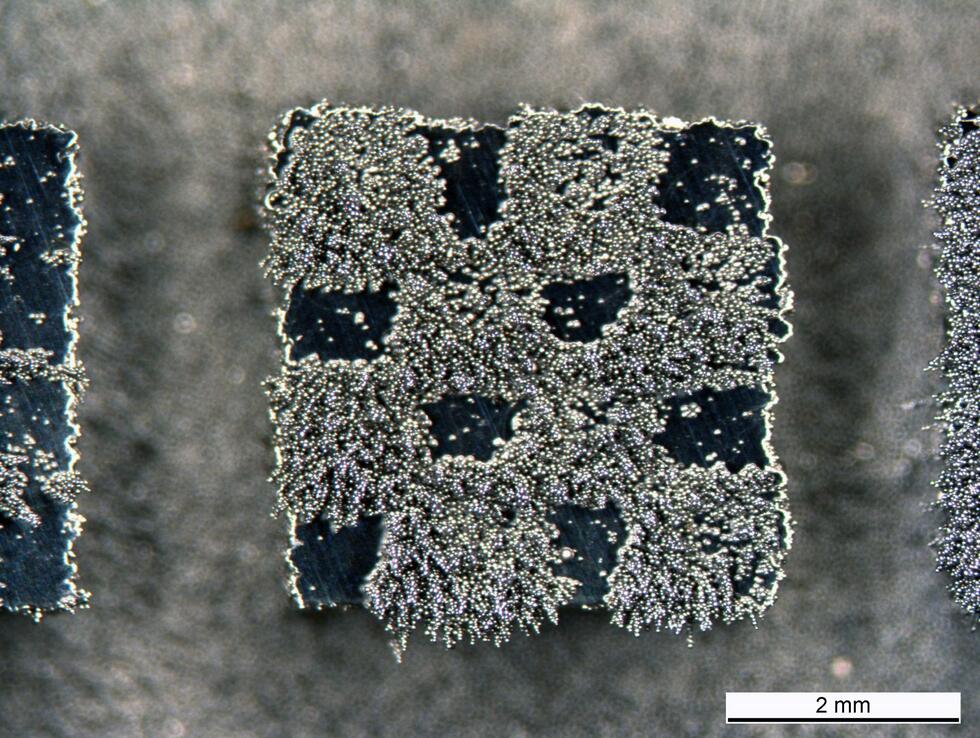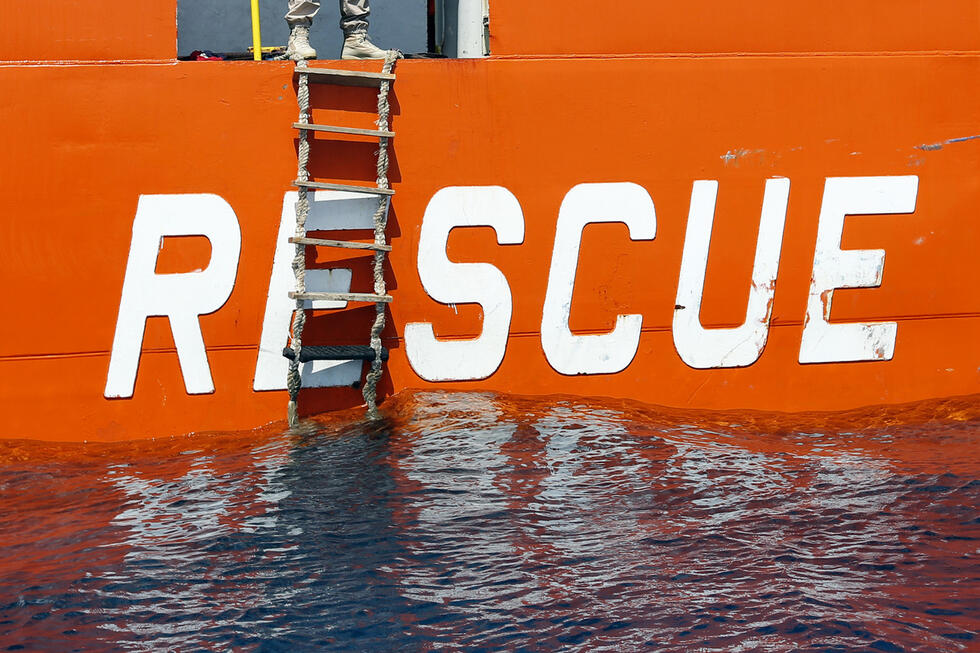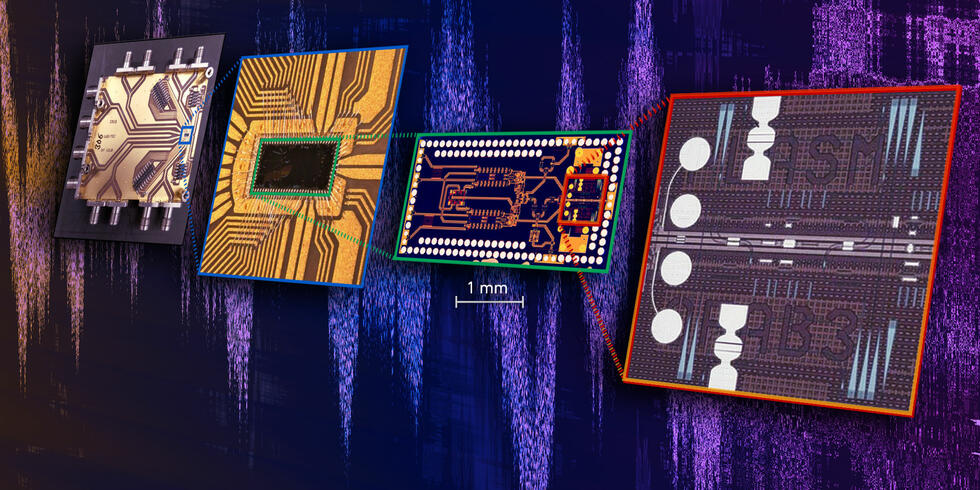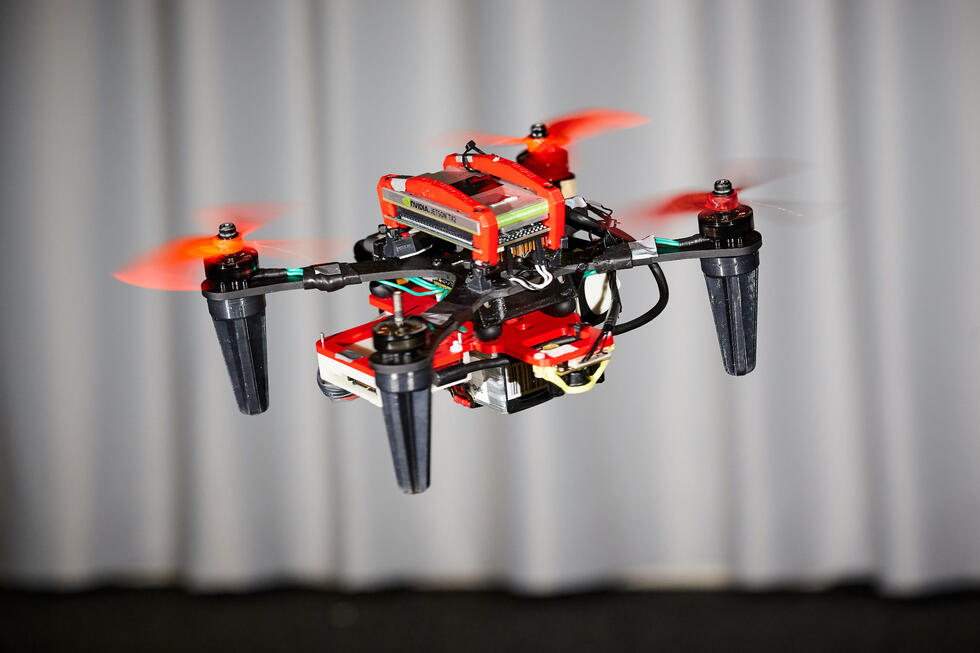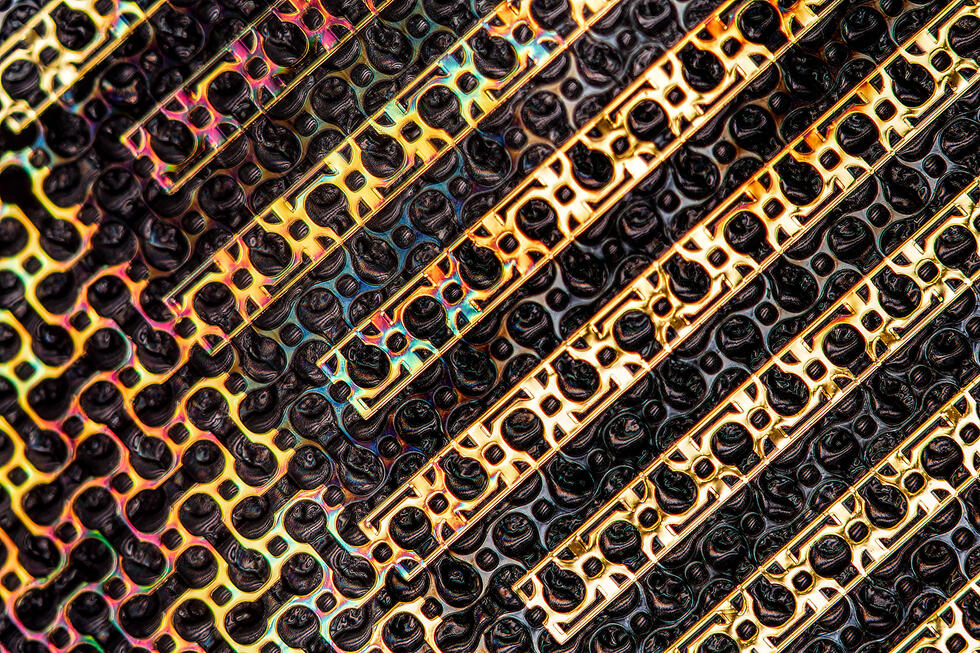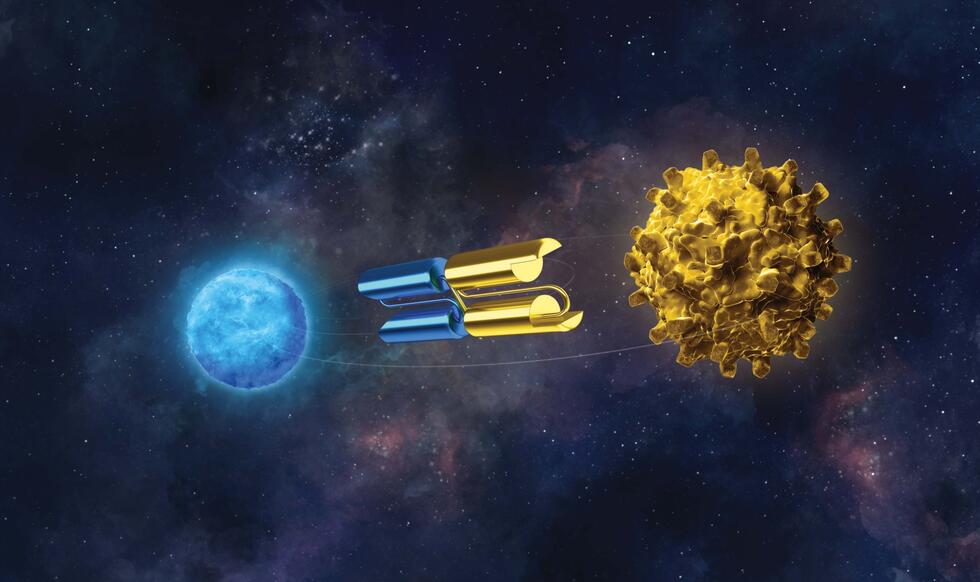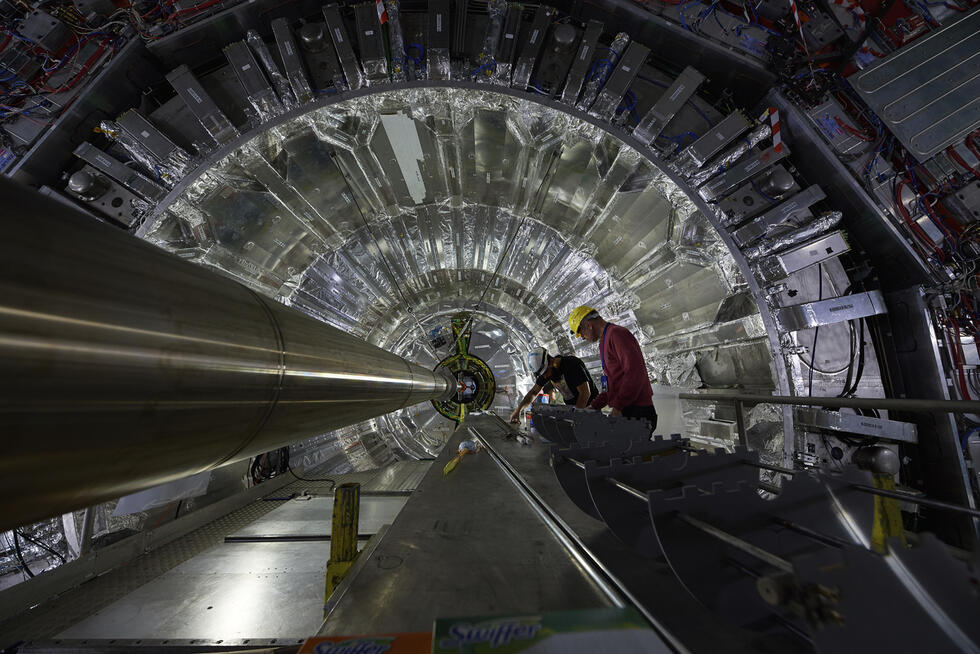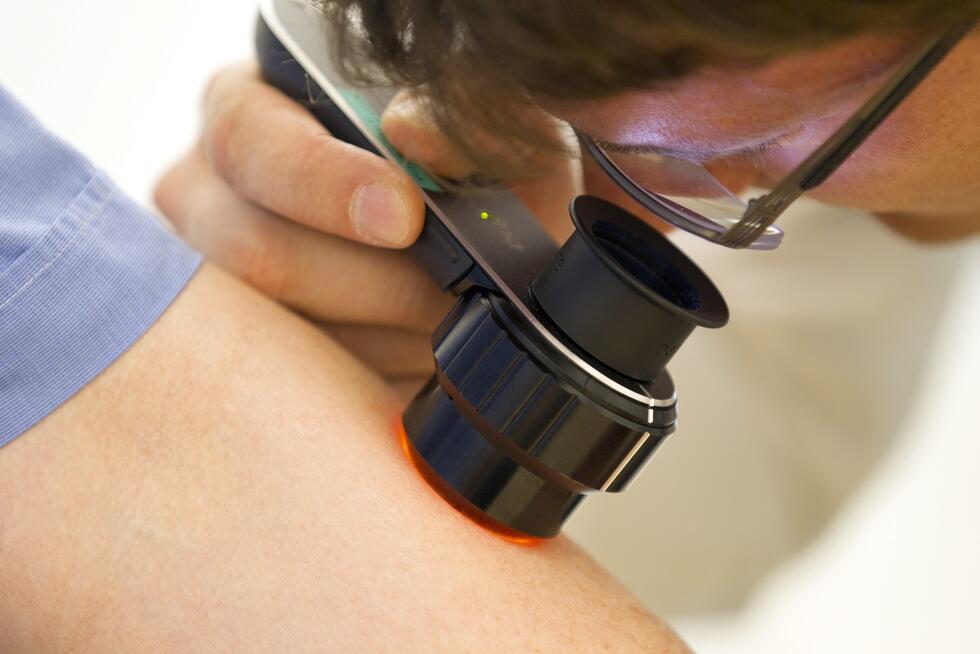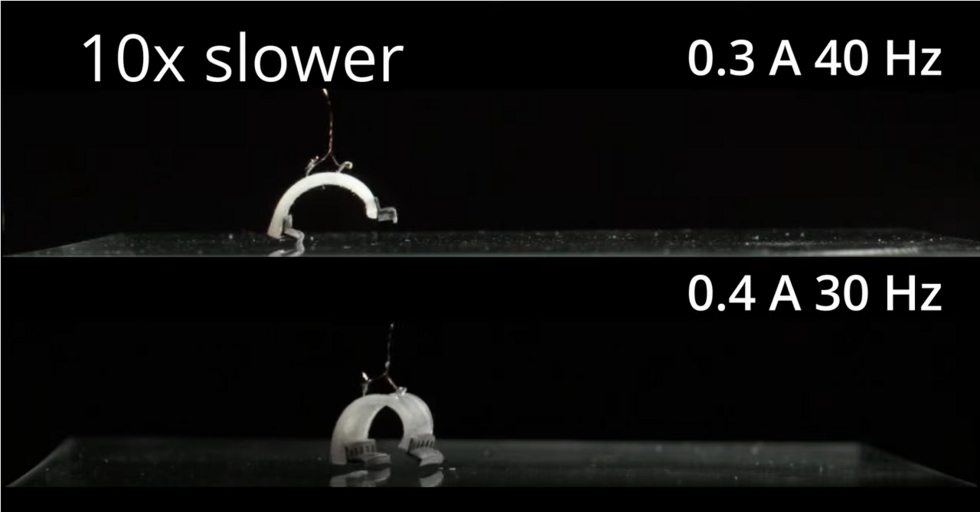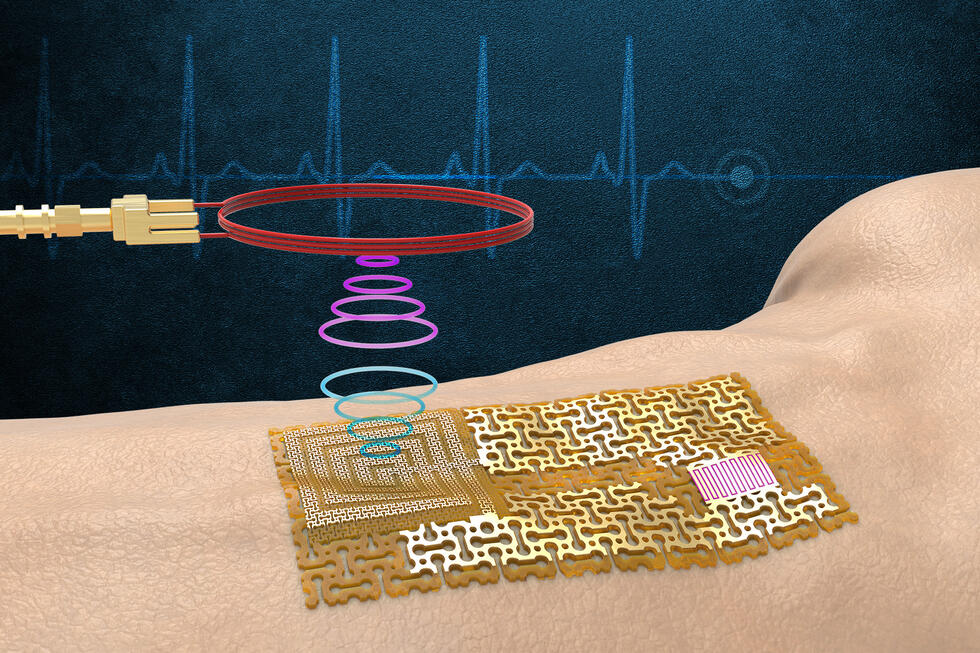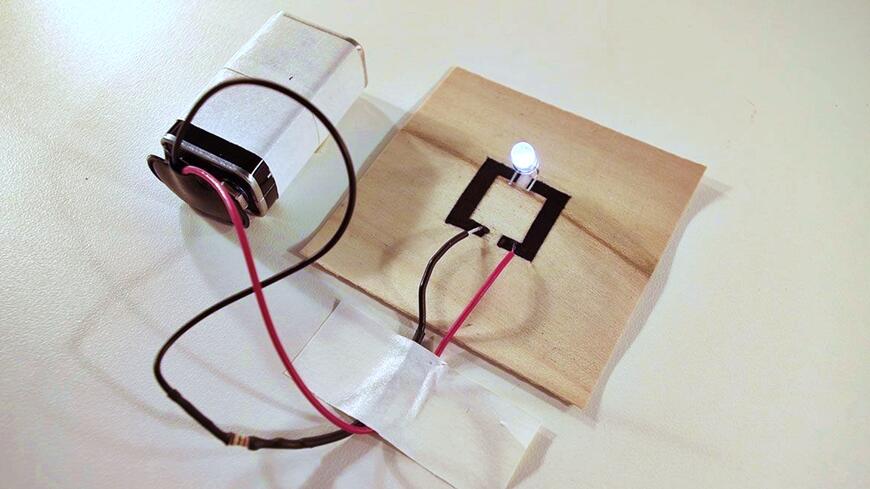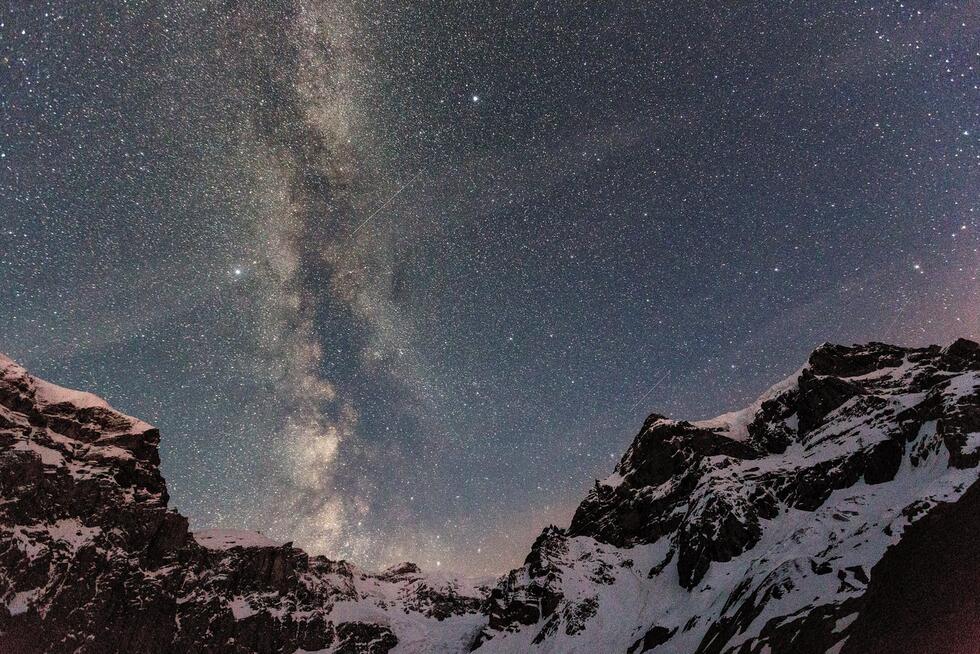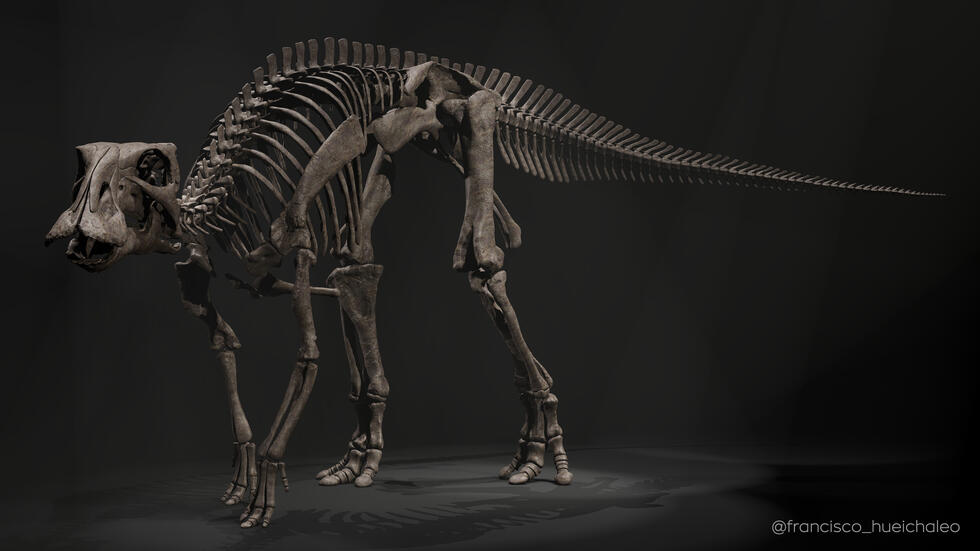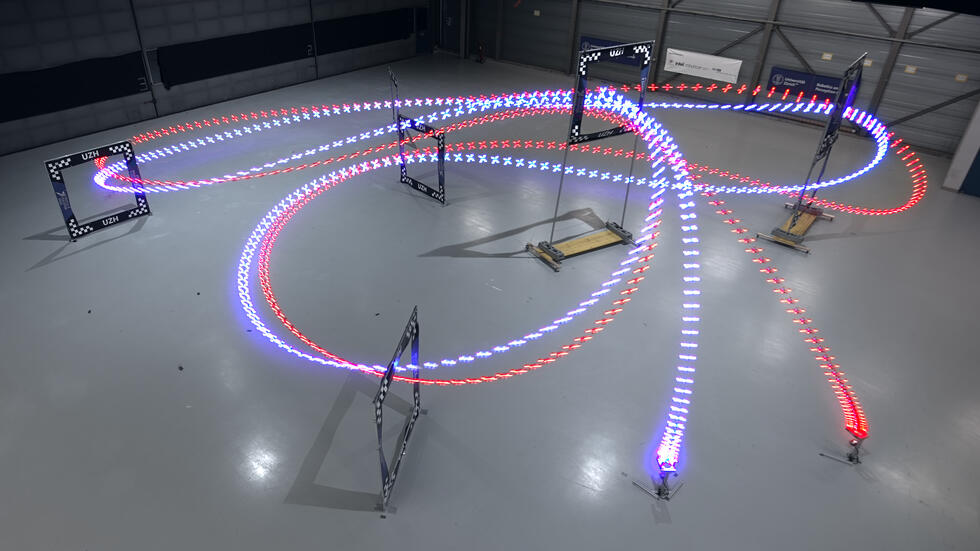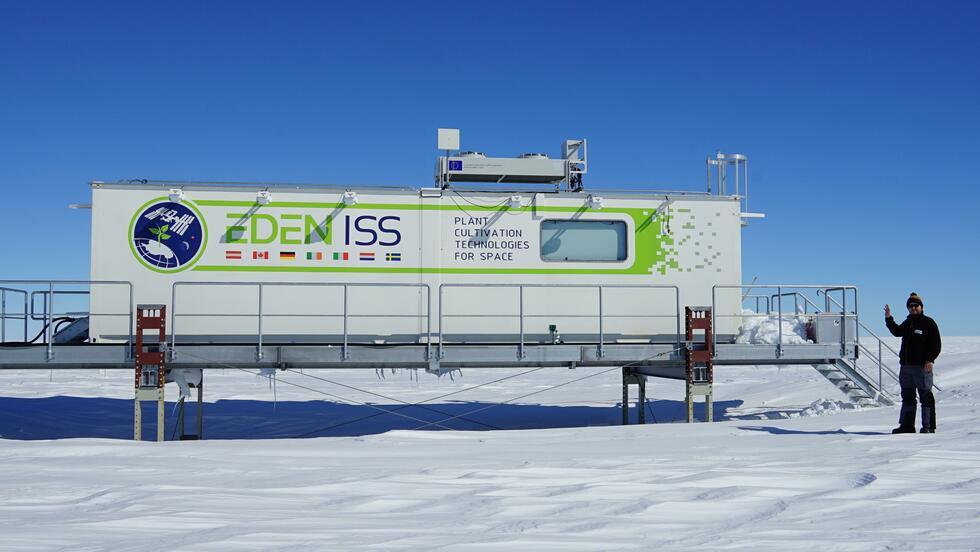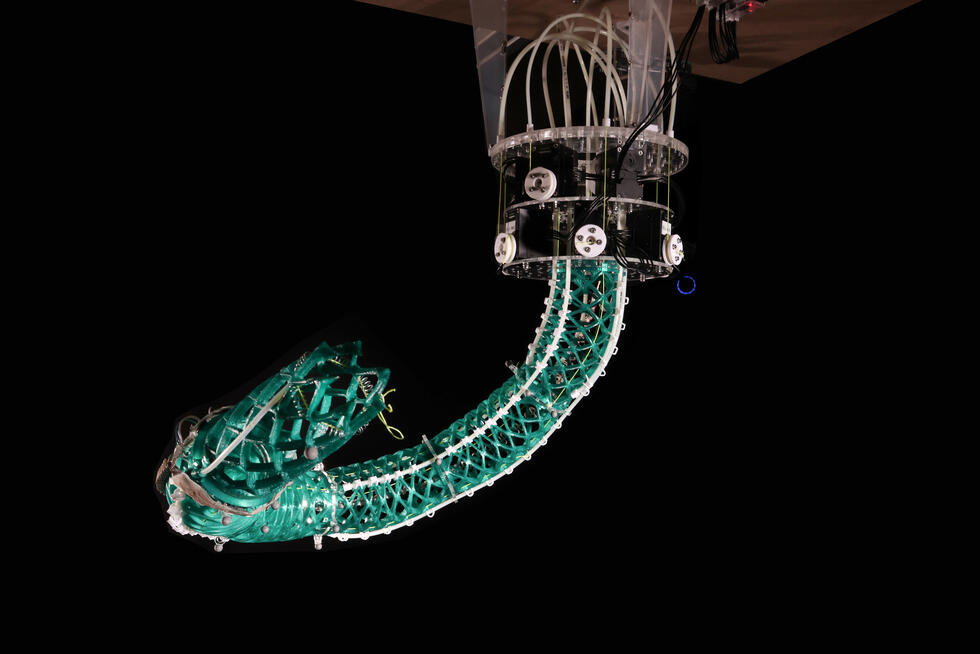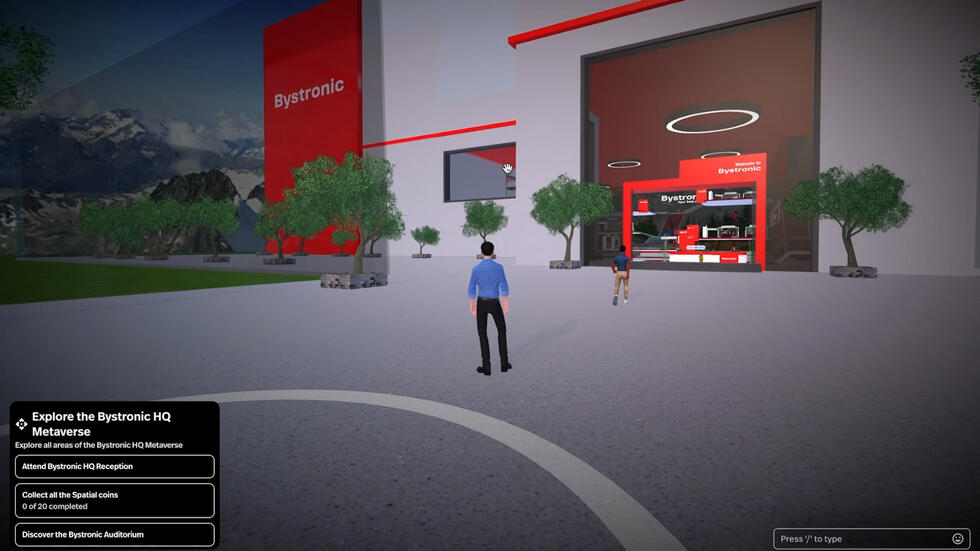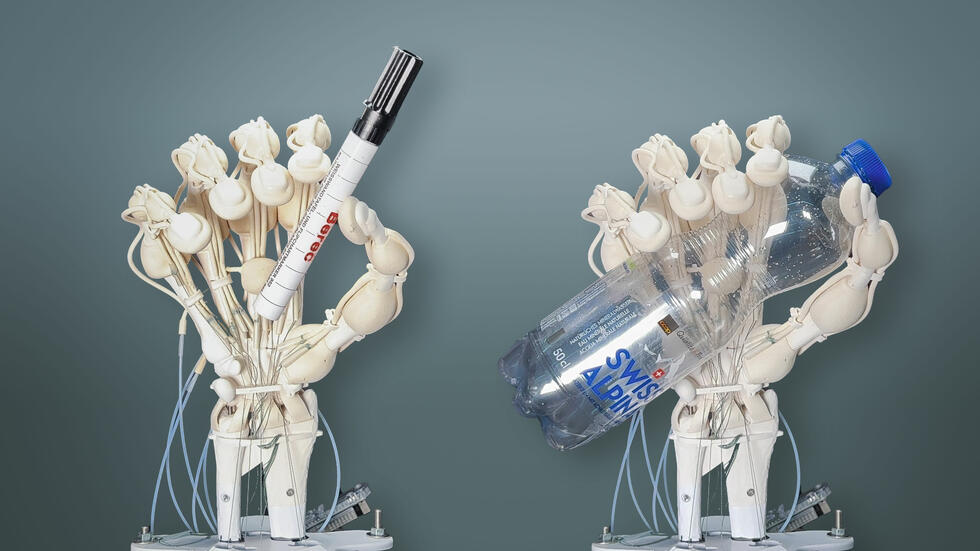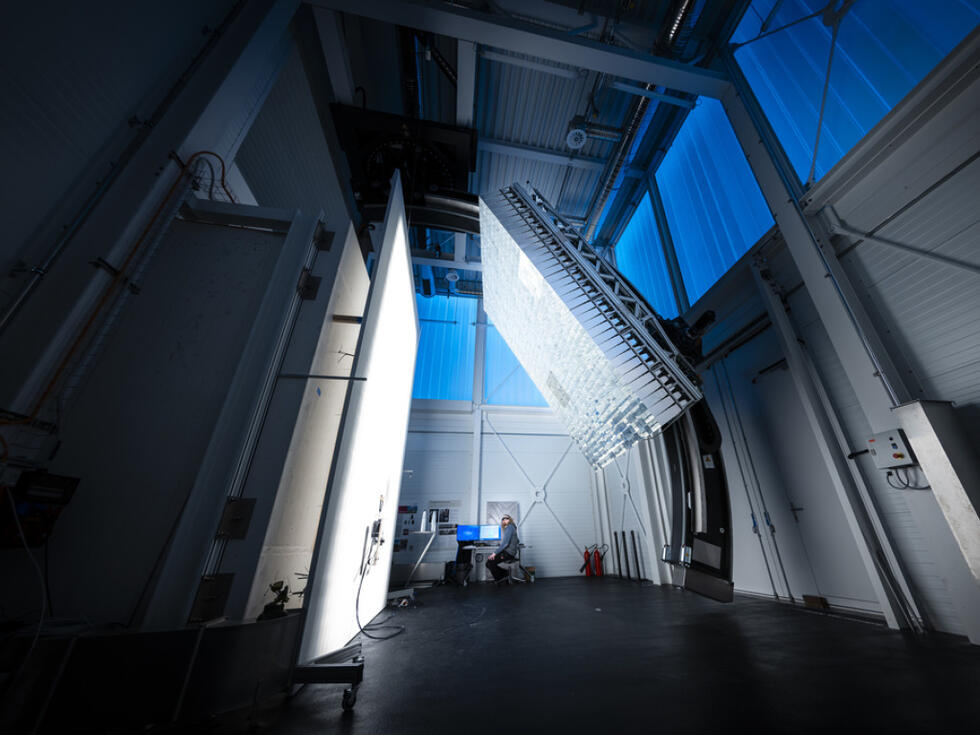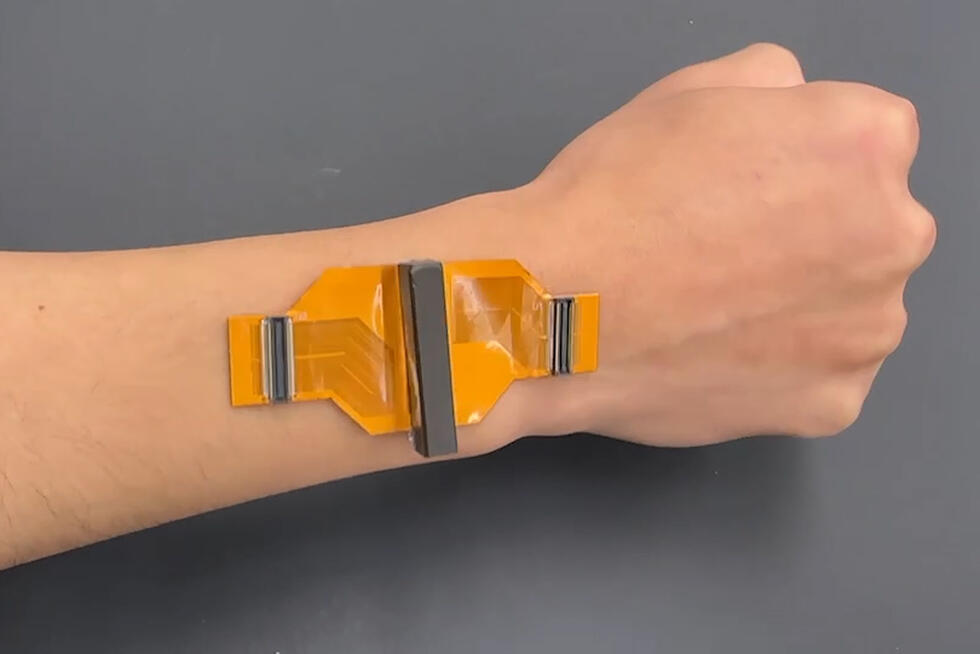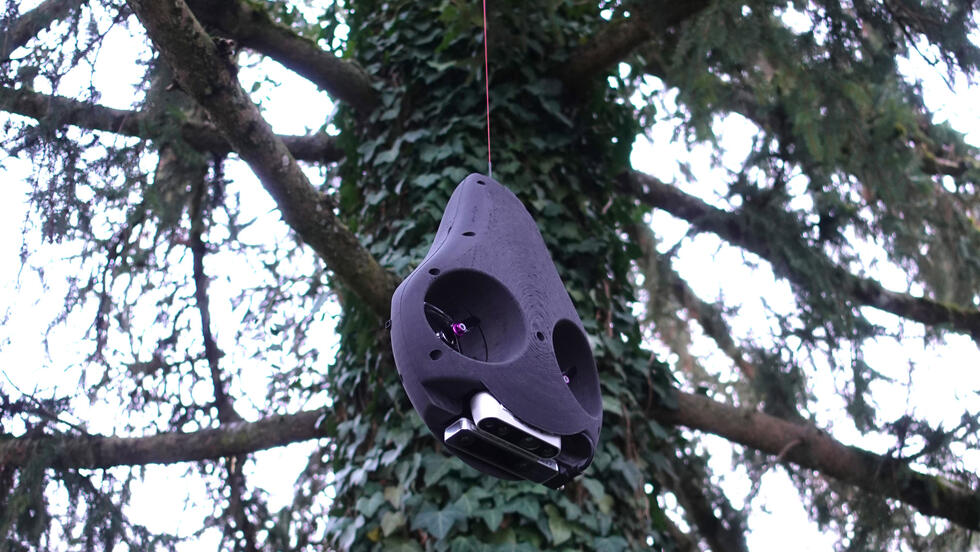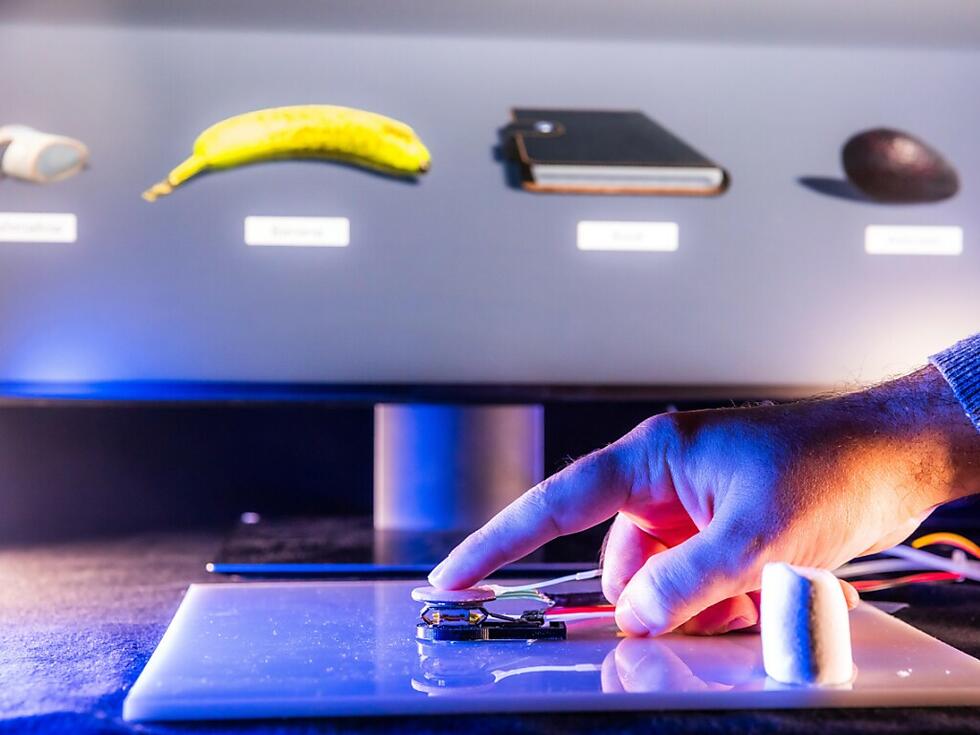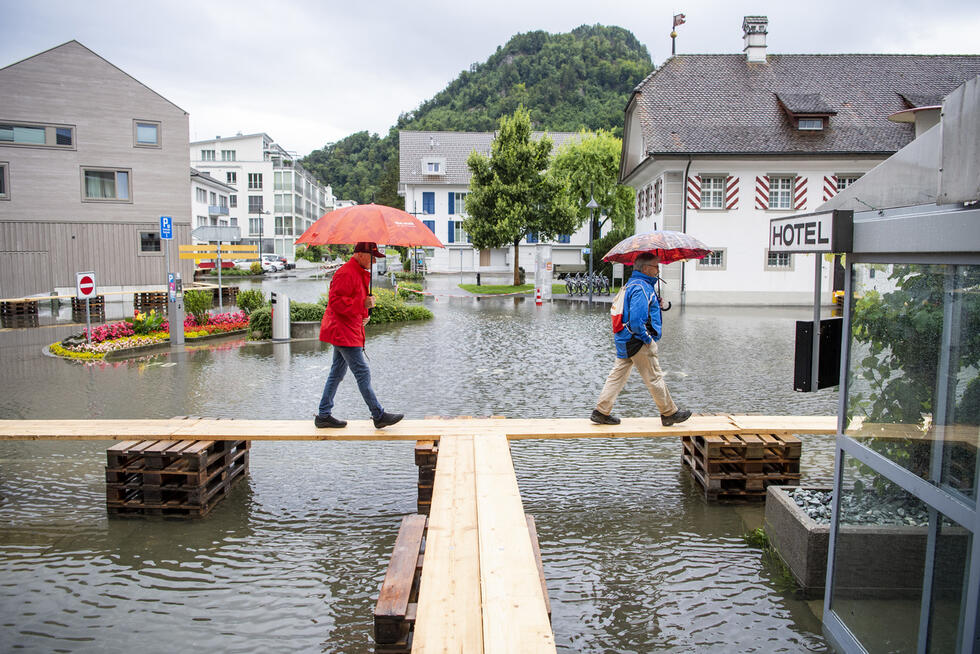SHORT NEWS
Fiber optic cables reveal the inner workings of glaciers
Fiber optic cables offer seismologists new possibilities to investigate the interior of glaciers. One day, this method may even make it possible to predict glacial collapse.
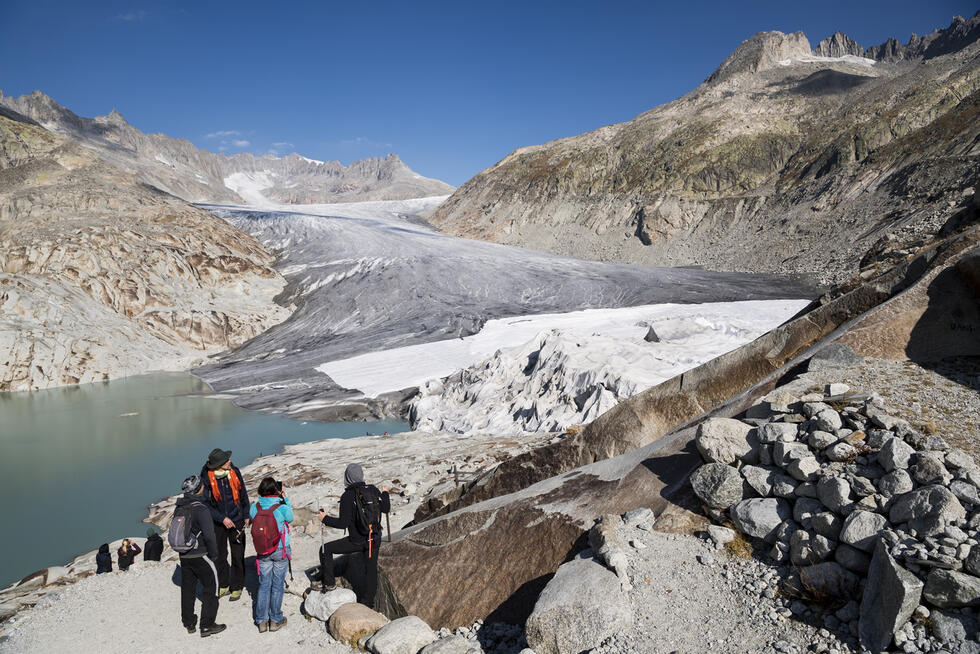
To date, there are only very few measuring networks that enable the movements of glaciers to be monitored on a large scale. This is due to the fact that the installation of seismometers, which register the smallest movements in the bedrock, is complex and expensive, especially in remote, mountainous regions.
Researchers at the Swiss Federal Institute of Technology (ETH) have now employed a new tool to listen in to the ice of the Rhône Glacier: a fiber optic cable. “While it often takes several hours to set up a seismic monitoring station that covers only a tiny area of the glacier, a fiber optic cable equipped with hundreds of sensors can simply be rolled out. In theory, this would make it possible to monitor entire glaciers,” the seismologist Fabian Walter was cited in a media release.
Detecting even the most minute tremors
A field trial on the Rhône Glacier in March 2019 demonstrated how well the fiber optic seismometers perform. The research team led by ETH professors Fabian Walter and Andreas Fichtner buried a total of one kilometer of the cables, which are as fine as a hair, just a few centimeters below the snowy surface of the glacier.
Then they fired laser pulses through the cable. These light signals are reflected by naturally occurring impurities inside the fiber optic cable. If even the slightest tremors stretch or compress the cable, the path that the reflected light has to take changes. The resulting shifts in the time it takes the laser pulses to traverse the cable allowed the researchers to detect even the slightest movements in the glacier.
Abrupt movements
In particular, the glaciologists were able to localize rockfalls and ice quakes much more precisely than with conventional seismometers. In addition, they detected abrupt movements on the glacier bed, which have already been documented in the Greenlandic and Antarctic inland ice and which have now been conclusively detected for the very first time in the Alps. The results were recently published in the “Nature Communications” journal.
Monitoring by means of fiber optic cables is not an entirely new approach: For example, researchers are already using them to measure seismic activity on the ocean bed. Seismologists in various large cities are also investigating the possibility of using existing telecommunications fiber optic cables to monitor earthquakes. According to the SNF report, the geophysicist Fabian Walter is one of the first to apply this method to glaciers.
Monitoring the threat of glacier collapse
Due to global warming, glacier collapse is threatening inhabited valleys in many mountain regions. Such a break-off of ice occurred, for example, in the fall of 2017 on the Trift Glacier in the Saas Valley in the Swiss canton of Valais, when an unstable glacier tongue broke off.
“In the future, we want to use fiber optic cables to monitor such events in a targeted manner,” Fabian Walter explained in response to an inquiry from Keystone-SDA. However, due to the fact that the glacier is fragmented and fissured in areas at risk of collapse, the signals are much less clear than on the flat Rhône Glacier. Currently, the glaciologist is using data obtained from the collapse of the Eiger Glacier to further enhance the monitoring technology.









